Viewing Vistas
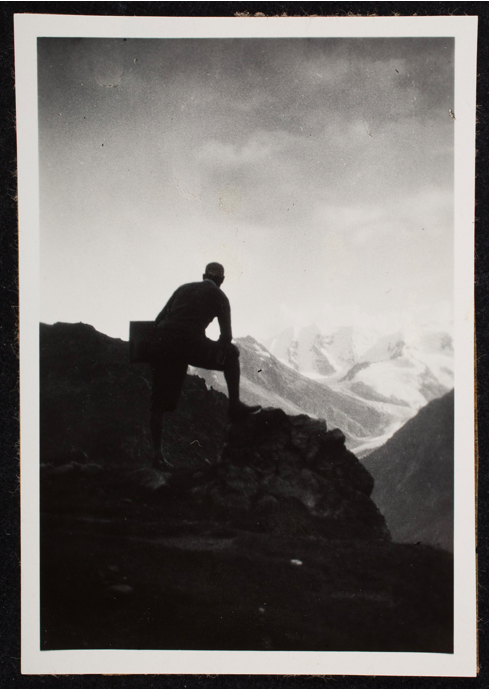
Anonymous snapshot, Gift of Peter J. Cohen, 2019.271
Since the nineteenth century, tourists have produced evidence of journeys by repeating the photographs of those who came before them. Prior to Kodak cameras, professionals hawked mementos to tourists who flocked to sites of natural splendor as a part of the larger “back-to-nature” movement.
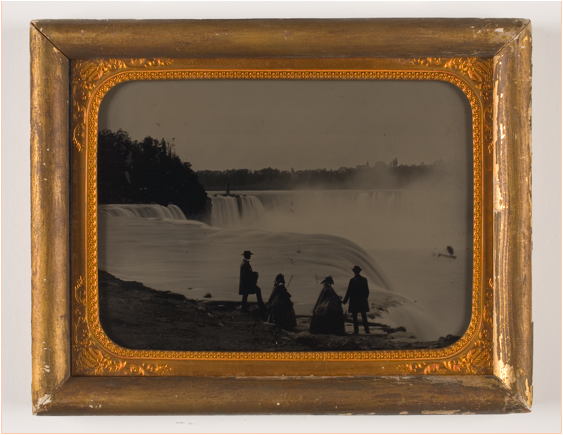
In the nineteenth century, the entrepreneur Platt D. Babbitt established a photography pavilion overlooking Horseshoe Falls, the most dramatic vista at Niagara. This exquisite, full-plate ambrotype is one of many produced at Babbitt’s studio that pictures couples with their backs to the camera, taking in the awe-inspiring power of the falls. Attributed to George Baker, Horseshoe Falls with Two Couples, 19th century, ambrotype, Gift of Barbara Schinman Fields (Class of 1969), 1991.43.356
To have oneself photographed while viewing a vista or monument became the mark of an engaged, contemplative traveler — a way of symbolizing what the sociologist John Urry calls “the tourist gaze.” The act of photography itself, followed by the repeated viewing and sharing of travel photographs, objectifies and amplifies the tourist gaze.
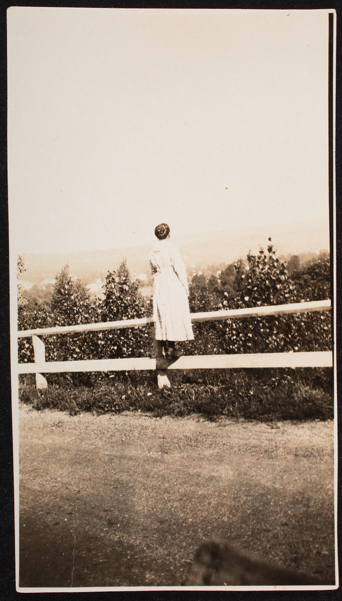
Anonymous snapshot, Gift of Peter J. Cohen, 2019.219
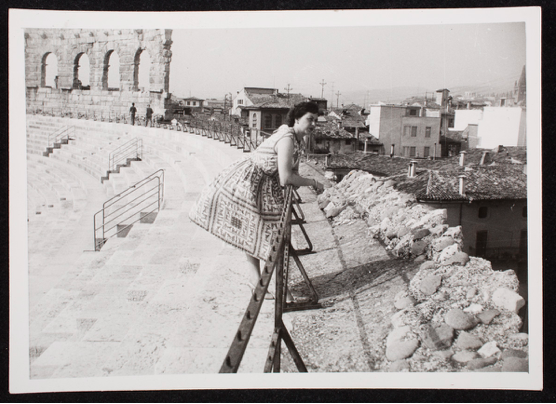
Anonymous snapshot, Gift of Peter J. Cohen, 2019.253
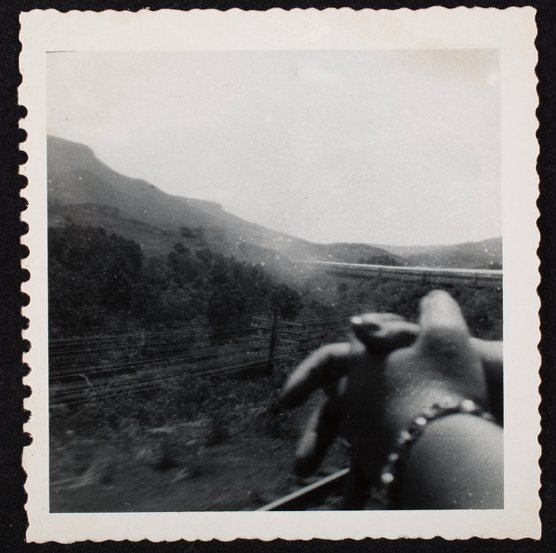
Anonymous snapshot, Gift of Peter J. Cohen, 2019.251
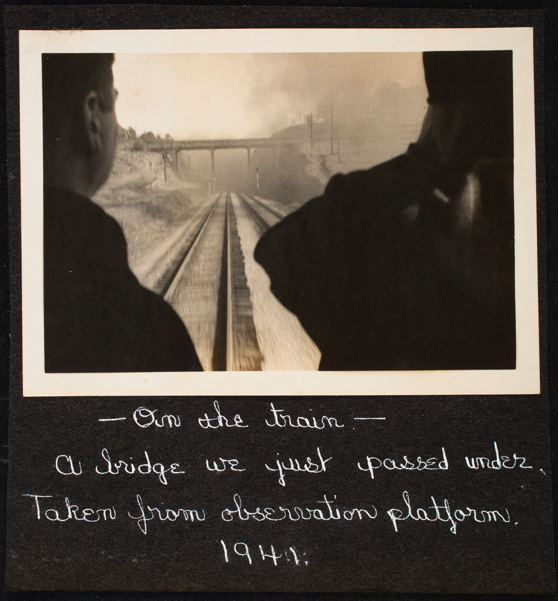
Anonymous snapshot, Gift of Peter J. Cohen, 2019.272